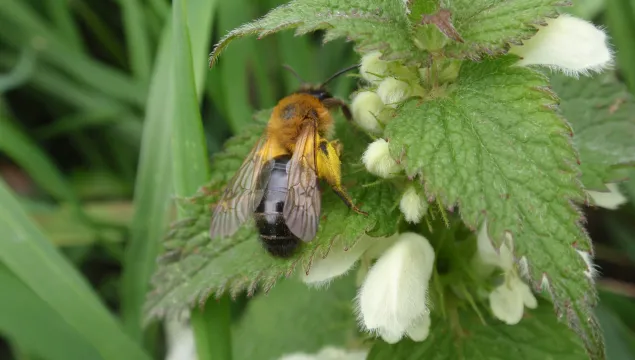
Introduction to Solitary Bees
There are around 250 species of solitary bee. Find out how to identify them and where to find them, and learn about their ecology.

There are around 250 species of solitary bee. Find out how to identify them and where to find them, and learn about their ecology.
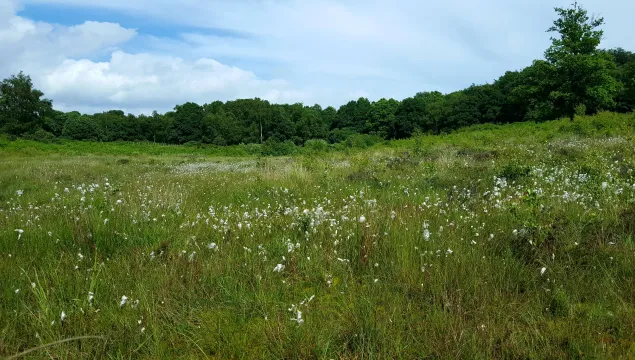
An online training day on the UK Habitat Classification, a new comprehensive classification system for vegetation habitats used in conservation and land management
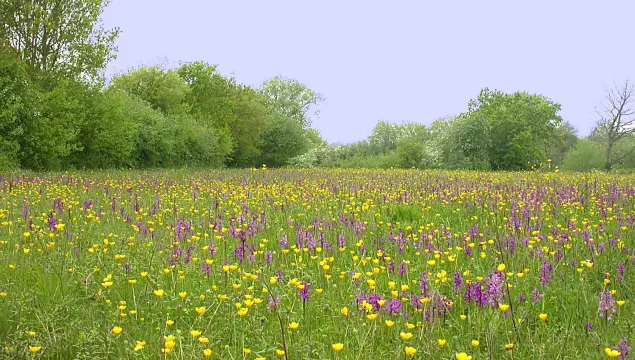
An online training day on the UK Habitat Classification, a new comprehensive classification system for vegetation habitats used in conservation and land management
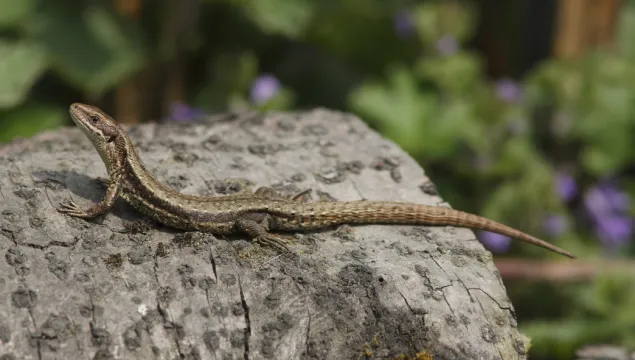
Identify and learn about reptiles. Then search for them in a nature reserve nearby
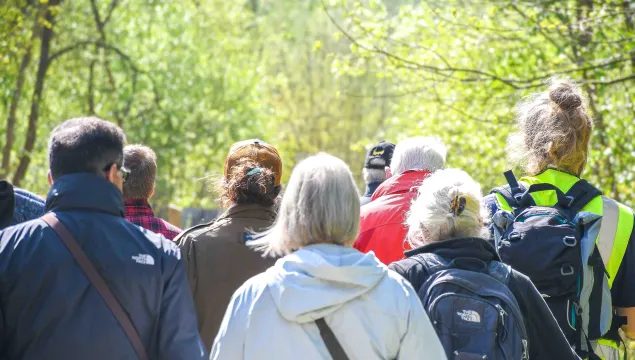
If you'd like to receive regular updates on all of the exciting events with Kent Wildlife Trust, please subscribe to our Events newsletter below!
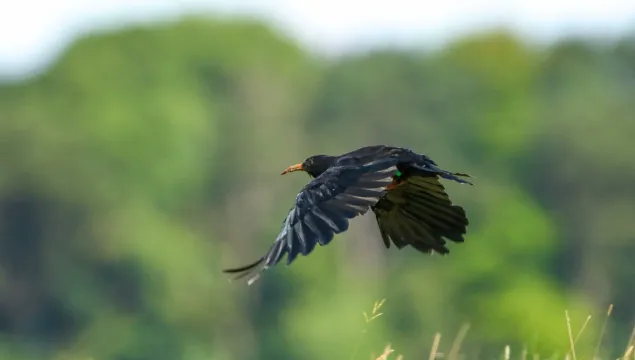
A total of nineteen red-billed chough have now released into the wild as part of a groundbreaking conservation project to return the at-risk species to Kent.
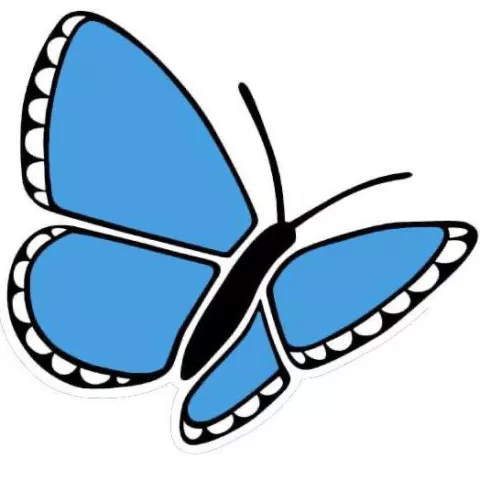
Advocacy Manager
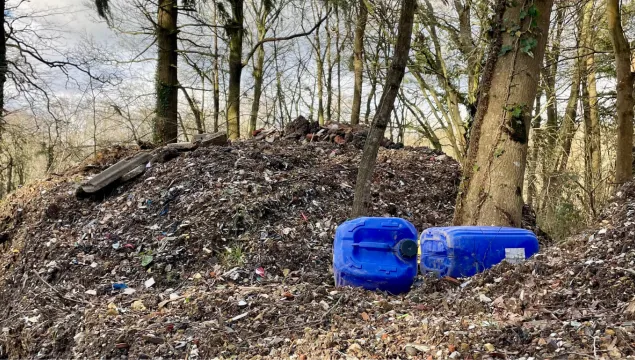
Senior Press and Advocacy Officer Sally Smith shines a spotlight on some of the woodlands at risk in the county and what Kent Wildlife Trust is doing about it.
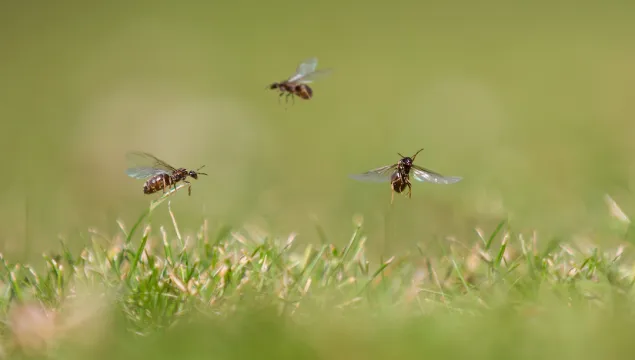
The end of summer saw the conclusion of this year’s national insect survey, Bugs Matter, on 30 September.
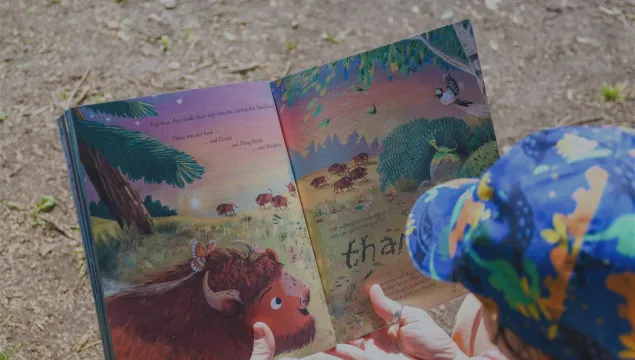
Check out our list of ten brilliant nature-themed books for children, all sorted by recommended reading age for ease of browsing!

Following the Pegwell Bay trail using the QR code at the reserve? Use this map.
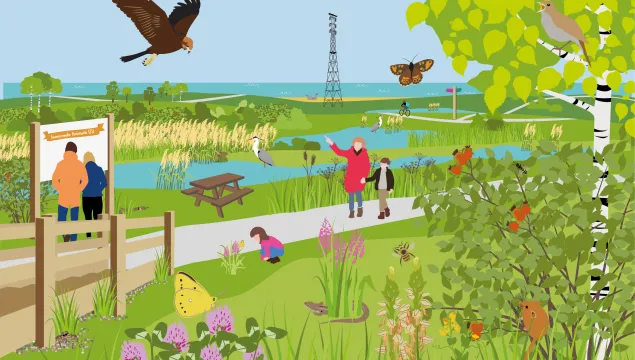
Wildlife charities have written to the Secretary of State for Levelling Up, Housing and Communities, Angela Rayner, calling on her to step in and remove a controversial planning designation that threatens the future of a nationally important wildlife haven in North Kent.